Talking Tequila at #BombayCocktailClub
Earlier this week I made my way to round two of the #BombayCocktailClub. Started by Tim Etherington -Judge, Brand Ambassador of Diageo Reserve Brands, #BCC brings together people who love their alcohol and enjoy learning about it as well. Tim (@gingerbitters) is the mixologist behind some of the best cocktail menus in Mumbai, including the current city favourite – The Table. For him the purpose of #BCC is simple, to share good alcohol with people who savour it, and to spread the love of fine cocktails.
So, the usual suspects gathered again. And this time around it was all about the agave. The Mexican themed night saw a line up of different tequilas and even some much-appreciated mezcals – Don Julio Blanco and Añejo, Jose Cuervo Plantino, Sauza blanco, Del Maguey ‘single village’ mezcal and Ilegal mezcals – Joven, Reposado and Añejo.
As we smelt, sipped and exchanged all we knew about this Mexican favourite – the night went from the gimmicky mezcal worm banter to our collective disdain of the sacrilegious salt-and-lime tequila shots and finally, to many rounds of margaritas. From what Tim tells us, there’s another #BCC night planned soon; we can’t wait!
Tequila or Mezcal?
Tequila and Mezcal are both made from the juice of the agave plant but there are certain things that differentiate one from another.
Like with Champagne or Cognac, to qualify as tequila it must be produced in specific areas of the Mexican states Jalisco, Gunajuato, Nayarit, Tamalipas and Michocan. The distilled agave liquor made in other parts of Mexico is mezcal. So all tequila is mezcal, but not all mezcal is tequila. Getit?
There are over 200 varieties of agave, but tequila can only be produced from one – the Blue Agave Tequilana Weber. The agave plant takes between 5-10 years to be ready for harvest and the heart or ‘piña’ is the only part used in production.
The Agave Lore
The agave story is entwined with ancient Aztec folklore. Legend has it that there once was an evil goddess Tzintzimitl who had a beautiful granddaughter Mayahuel – the goddess of fertility and the one with 400 breasts! Mayahuel ran away to marry Quetzalcoatl, the god of redemption. To escape Tzintzimitl’s (T’s) wrath, the lovers transformed themselves into two branches of a leafy tree so that they could sway with the wind and caress each other. Poetic yes, but what is a good ole myth without any vengeance or misery?
The evil grandmother eventually discovered their whereabouts and ripped Mayahuel’s branch from the tree, crushing it into tiny pieces. The devastated Quetzalcoatl vanquished Tzintzimitl and buried his love’s remnants into the sand where he watered them with his tears. It is either this or the lighting that struck Mayahuel’s resting place (according to different versions) that gave birth to the first Agave plant with sap that seemed to have ‘interesting’ qualities (read: the ability to get you high). Since then the nectar of the Agave became the ceremonial offering to the Gods and Mayahuel also came to be known as the Goddess of Agave. It wasn’t until the arrival of the Spanish in the 16th century that the agave juice was distilled to create mezcal.
Like the the GiggleWater411 Facebook page here for more pictures and #BombayCocktailClub updates.
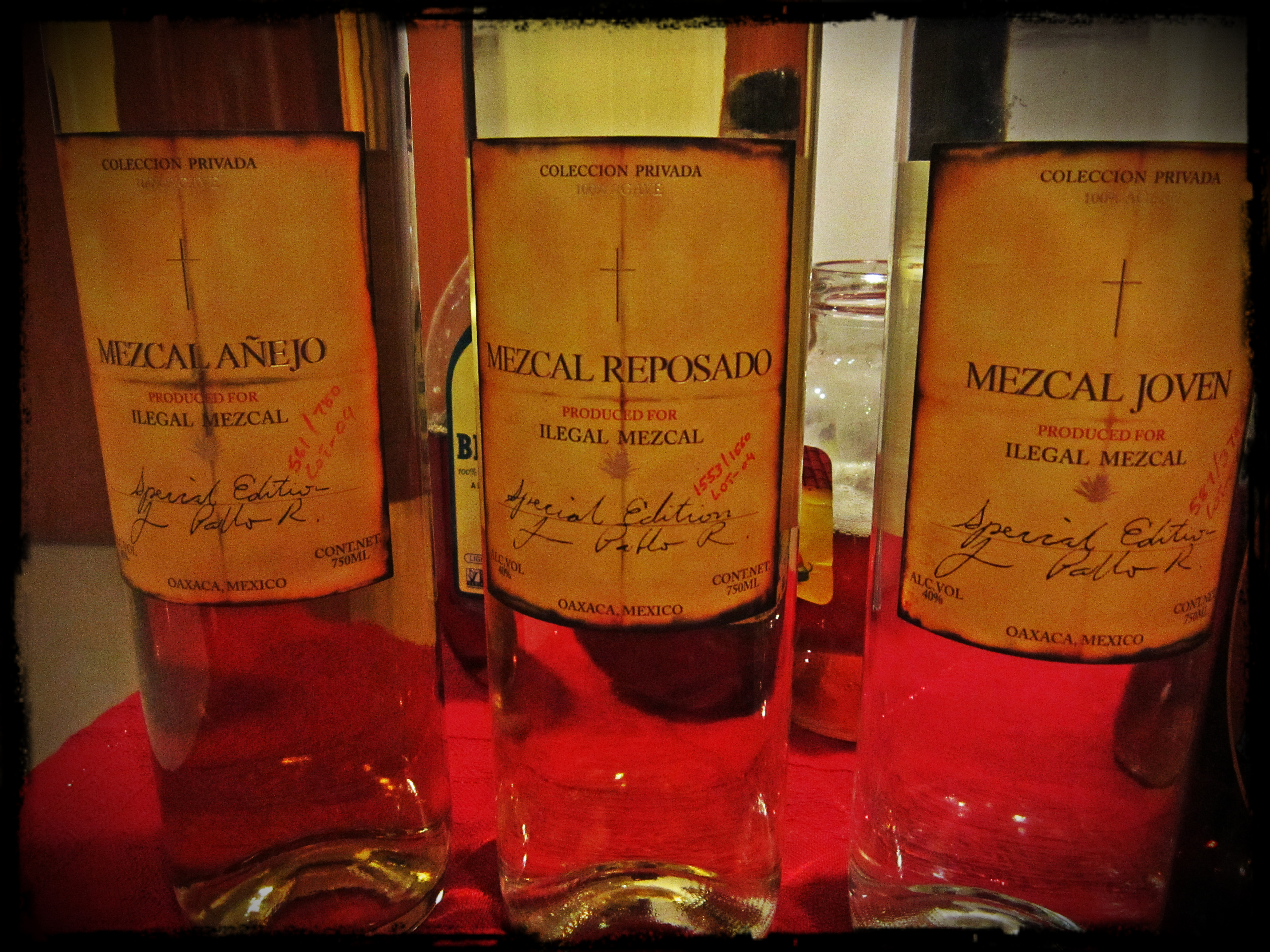
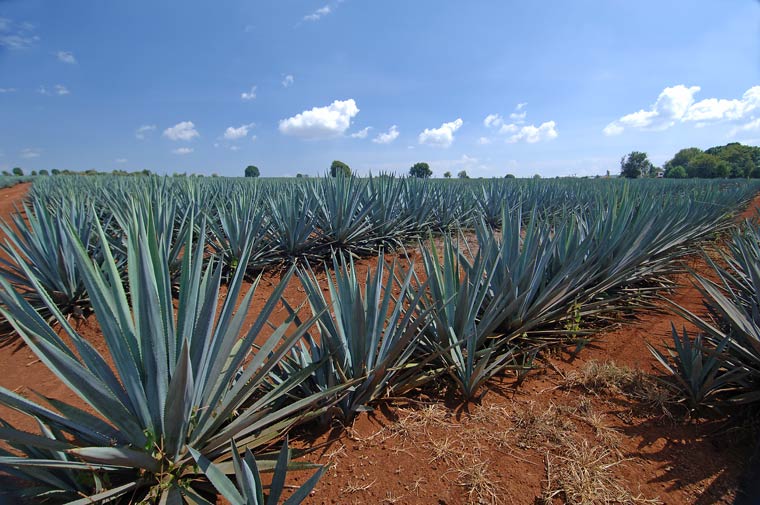
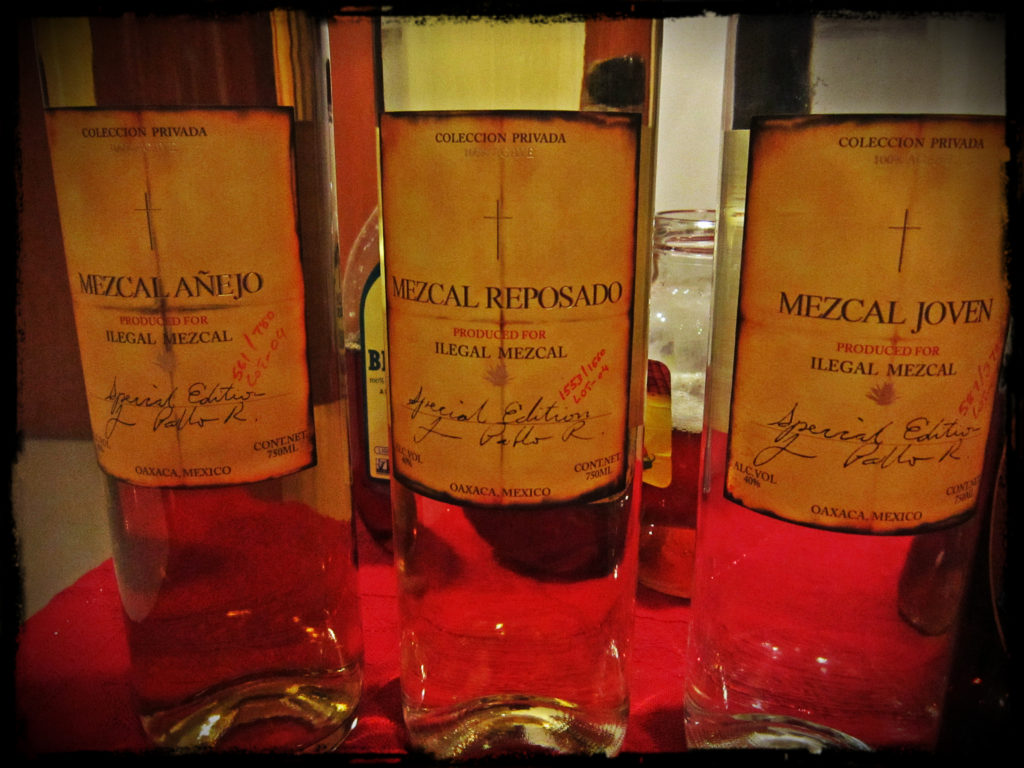
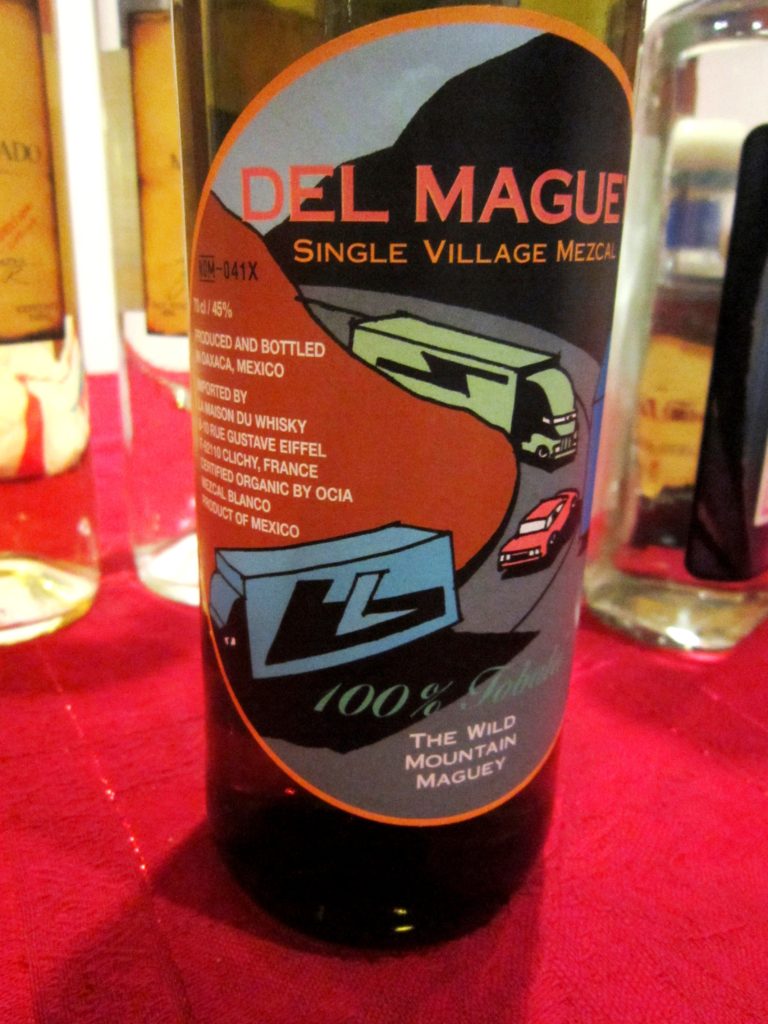
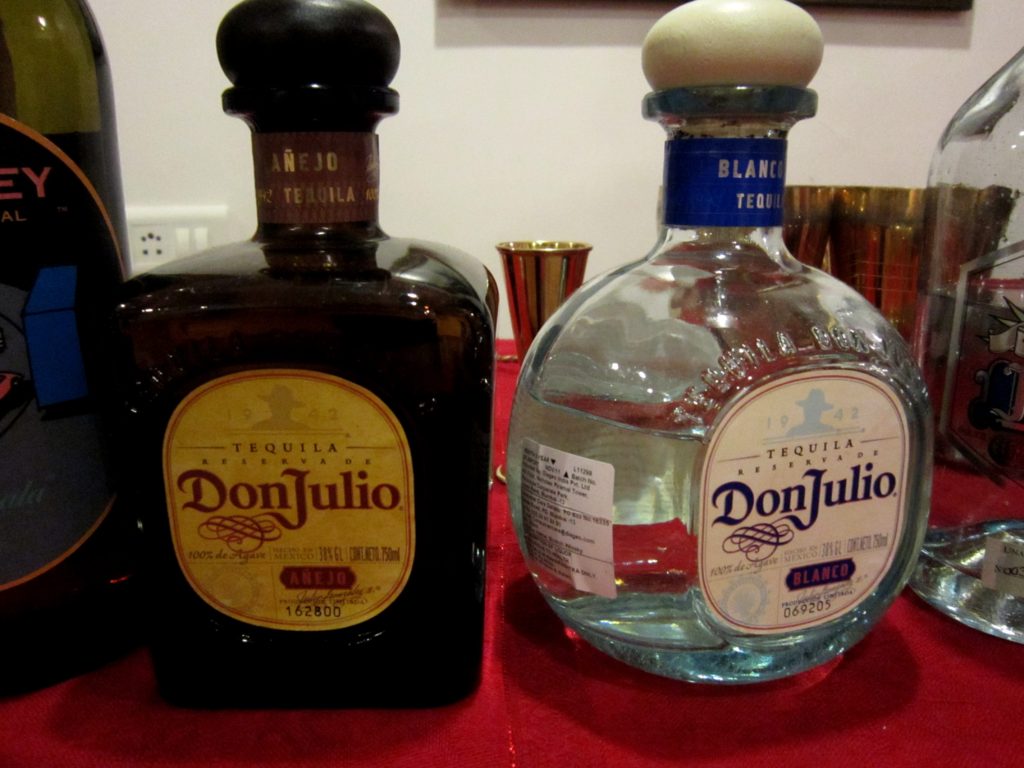
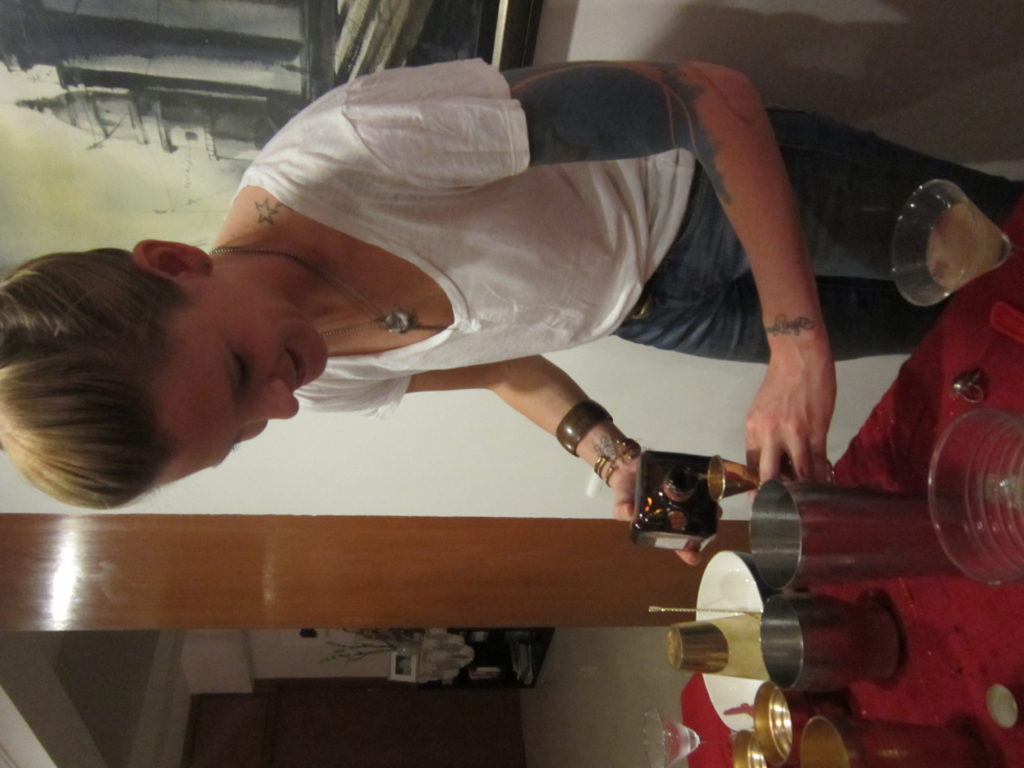


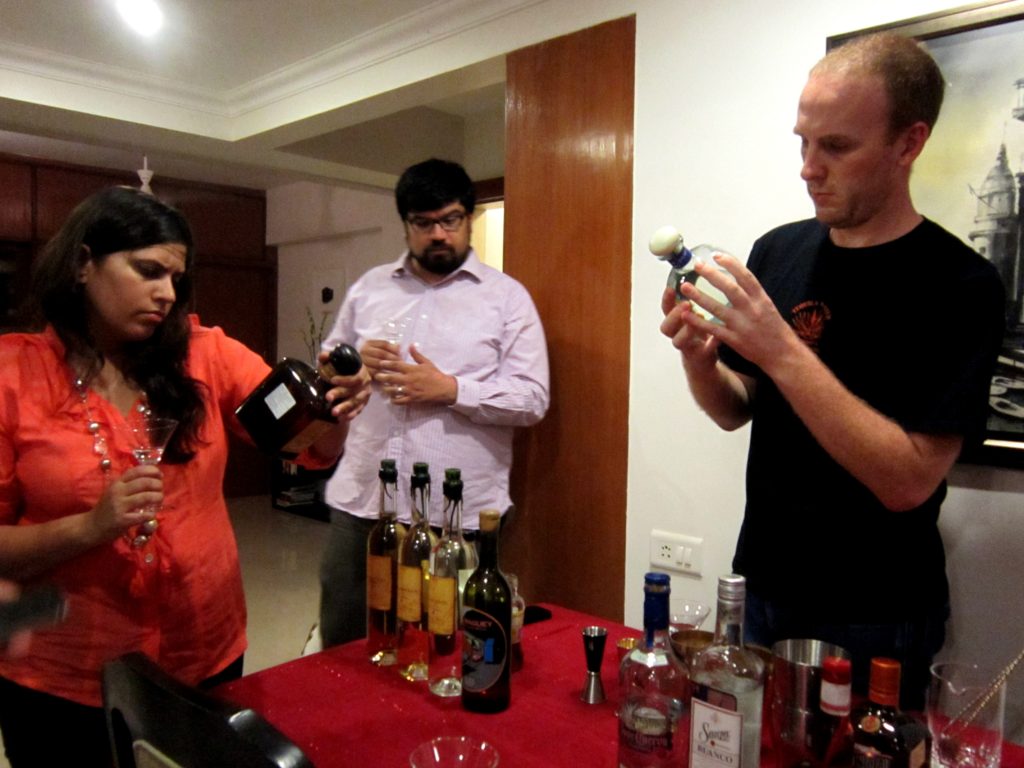
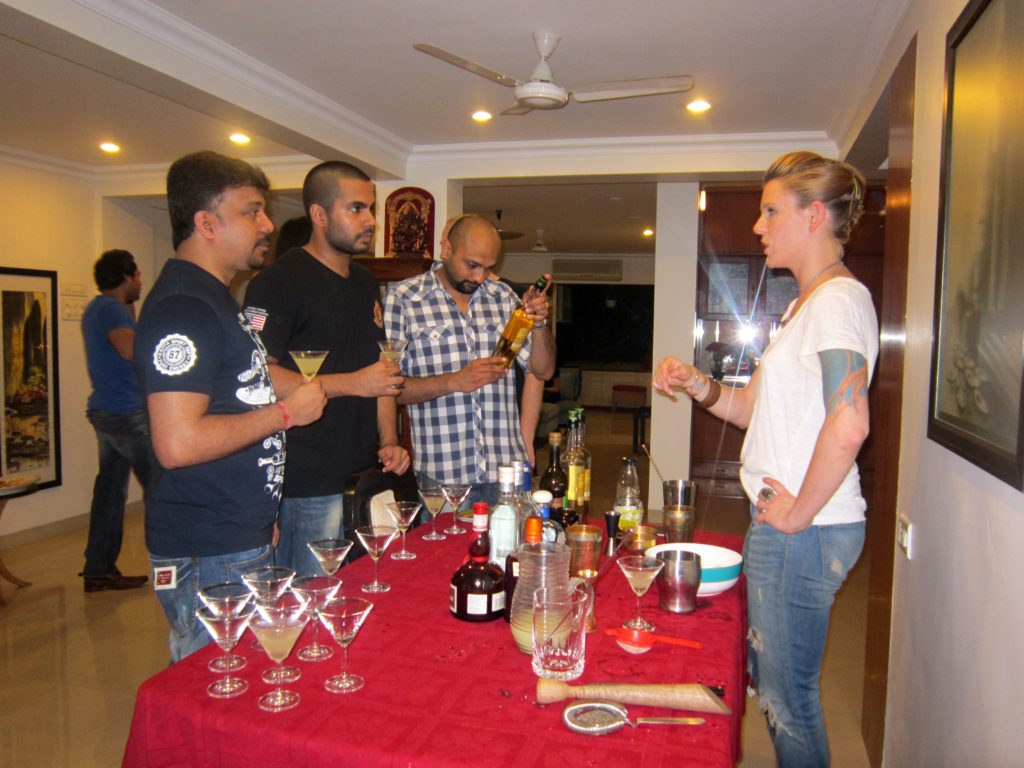
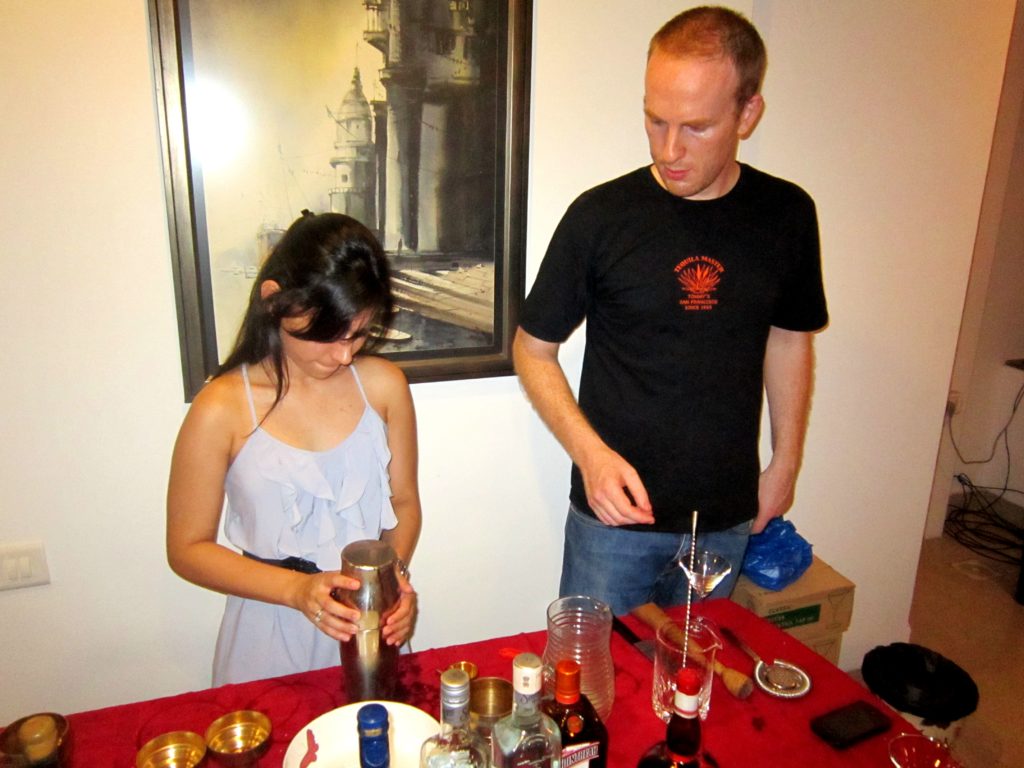


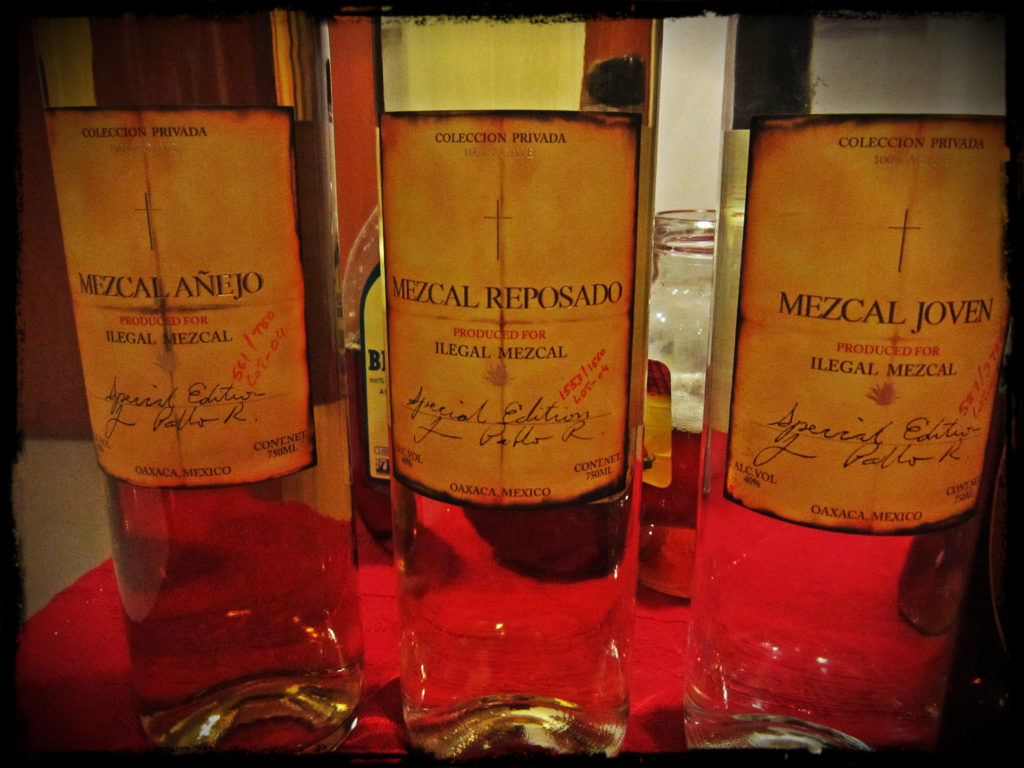
Awesome 🙂
Impressive.God bless
Super nice… love #BombayCocktailClub
[…] my last post I told you about the #BombayCocktailClub. This week it was the turn of another club of sorts, where aficionados gather to celebrate Single […]
[…] few days ago. Created by Diageo Reserve Brand Ambassador Tim Etherington – Judge (also of the #BombayCocktailClub fame), the six cocktails in the collection will be exclusively available at the Vivanta by Taj […]
[…] Tim Etherington-Judge, Brand Ambassador of Diageo’s Reserve Brands, whipped up a few cocktails for the launch. The Espresso Iced Mint and Espresso Martini sounded interesting. I’m going to try one soon. Here are the recipes in case you’d like to as well. I think they’d be easy-to-make and fun cocktails to serve at a party. […]